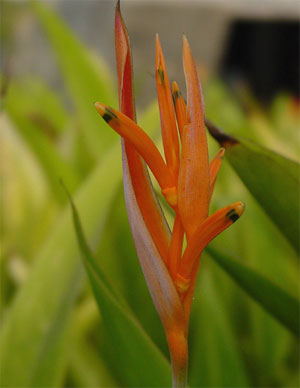Nature
Land And Natural Resources
Ghana is a lowland country, except for a range of hills on the eastern border. The sandy coastline is backed by a coastal plain that is crossed by several rivers and streams, generally navigable only by canoe.In the west the terrain is broken by heavily forested hills and many streams and rivers. To the north lies an undulating savanna country that is drained by the Black and White Volta rivers, which join to form the Volta, which then flows south to the sea through a narrow gap in the hills.
Plants and Animal
 Much of the natural vegetation of Ghana has been destroyed by land
clearing for agriculture, but such trees as the giant silk cotton, African
mahogany, and cedar are still prevalent in the tropical forest zone of the
south. The northern two-thirds of the country is covered by savanna-a
grassland with scattered trees. Animal life has also been depleted, especially in the south, but it remains relatively diverse and includes
leopard, hyena, buffalo, elephant, wildhog, antelope, and monkey.
Many species of reptiles are found, including the cobra, python, puff
adder, and horned adder.
Much of the natural vegetation of Ghana has been destroyed by land
clearing for agriculture, but such trees as the giant silk cotton, African
mahogany, and cedar are still prevalent in the tropical forest zone of the
south. The northern two-thirds of the country is covered by savanna-a
grassland with scattered trees. Animal life has also been depleted, especially in the south, but it remains relatively diverse and includes
leopard, hyena, buffalo, elephant, wildhog, antelope, and monkey.
Many species of reptiles are found, including the cobra, python, puff
adder, and horned adder.
Plant and Animal Life
Southern Ghana contains evergreen and semideciduous forests, consisting of tall silk cottons, kolas, and valuable West African hardwoods such as mahogany, odum, and ebony. The northern two-thirds of the country is covered by savanna (a tropical grassland with a scattering of shrubs and trees), featuring shea trees, acacias, and baobabs. The oil palm is found throughout the south and the Ashanti uplands, and the lagoons of the coast contain mangroves. Once plentiful throughout the savanna, large mammals such as elephants and lions are now rare and largely confined to nature reserves. The forest regions are habitats for monkeys, snakes, and antelopes, and some of the major rivers contain crocodiles. There are more than 725 bird species in Ghana.Environmental Issues
In the late 19th century, hardwood forests covered the southern half of Ghana. Considerable portions of these once-extensive forests have been destroyed, and today about 39.7 percent (1995) of the country is forested. Not all of these forests are commercially viable, however. About 1.3 percent (1990-1996) of the remaining forest is lost every year.Ghana is the third largest producer of cacao in the world. Large tracts of forest have been cleared for cacao crops, which thrive in the rich soil of the rain forest. In times of depressed cacao prices, Ghana has significantly increased exports of timber to generate needed revenue.
In 1988 Ghana initiated a conservation plan called the Forest Resource Management Project. In 1989 Ghana restricted the export of 18 tree species, and in 1994 the country banned the export of raw logs. About 4.8 percent (1997) of the country?s land is officially protected, but illegal logging threatens Ghana?s remaining forests.
Deforestation, overgrazing, and periodic drought have led to desertification and soil erosion. Ghana?s wildlife populations, depleted by habitat loss, are further threatened by poaching.
Ghana has ratified international agreements protecting biodiversity, endangered species, tropical forests, wetlands, and the ozone layer.
